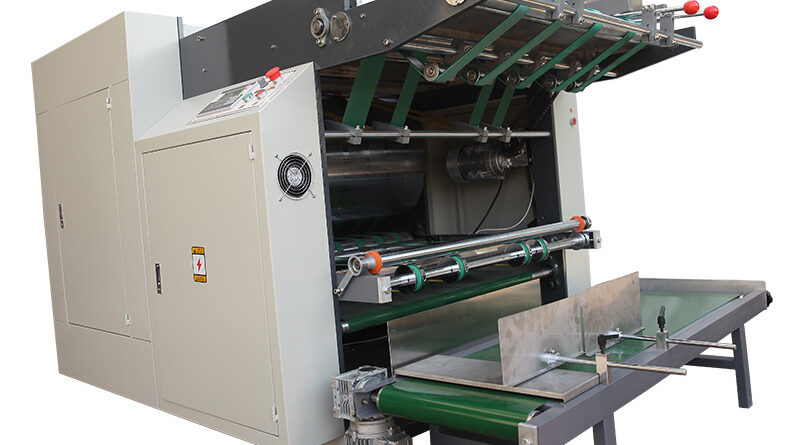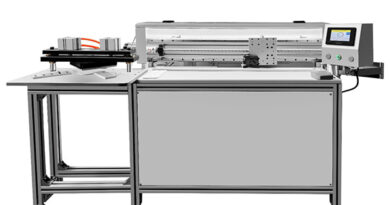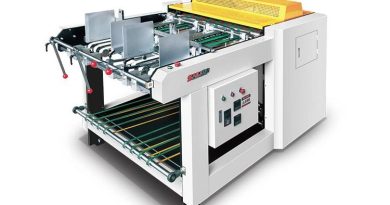Harnessing the Power of Grooving Machines in Modern Manufacturing
In the era of Industry 4.0, grooving machines have emerged as pivotal tools in the landscape of modern manufacturing, driving efficiency, precision, and innovation across various sectors. These machines, integral to the machining process, are designed to create grooves in a workpiece, a crucial step for applications ranging from automotive engineering to construction and beyond.
Precision and Versatility
The advent of CNC technology has transformed grooving machines into highly precise and versatile tools. Capable of handling materials as diverse as metals, plastics, and composites, they allow manufacturers to achieve tight tolerances and complex geometries with ease. This precision is critical in industries where the integrity of a groove directly impacts product functionality and safety, such as in aerospace and automotive manufacturing.

Grooving machine
Integration with Industry 4.0
As factories become smarter, grooving machines have adapted to fit seamlessly into the digital manufacturing ecosystem. Equipped with sensors and connectivity features, they can communicate with other machinery and management systems, enabling real-time monitoring and adjustments. This connectivity not only enhances production efficiency but also supports predictive maintenance, reducing downtime and extending machine life.
Sustainability and Efficiency
Grooving machines contribute significantly to sustainable manufacturing practices. By optimizing material usage and reducing waste, they align with the industry’s move towards greener production methods. Furthermore, the ability to perform precise operations minimizes energy consumption, reflecting a commitment to environmental stewardship.
Customization and Innovation
The flexibility of grooving machines facilitates customization, allowing manufacturers to cater to specific customer needs with high accuracy. This capability is a boon for industries like consumer electronics and bespoke automotive manufacturing, where differentiation is key. Additionally, the ongoing development of grooving technology promises to unlock new possibilities in product design and functionality, spurring innovation.
Conclusion
Grooving machines stand at the intersection of tradition and innovation, embodying the principles of modern manufacturing. Their evolution mirrors the industry’s journey towards more efficient, precise, and sustainable production. As manufacturing continues to evolve, the role of grooving machines will undoubtedly expand, reinforcing their status as indispensable tools in the arsenal of modern industry. Their contribution not only enhances current manufacturing capabilities but also paves the way for future advancements, ensuring that industries can meet the demands of tomorrow as effectively as they do today.



